
Some well-meaning gardening habits can do more harm than good, even if they’ve been passed down for generations. From overwatering to overpruning, these common mistakes might be stressing your plants, depleting the soil, or even inviting pests. If your yard isn’t thriving the way it should, your routine might need a second look. Here are a few habits that could be quietly sabotaging your garden’s health and beauty.
1. Overwatering Plants, Especially Lawns
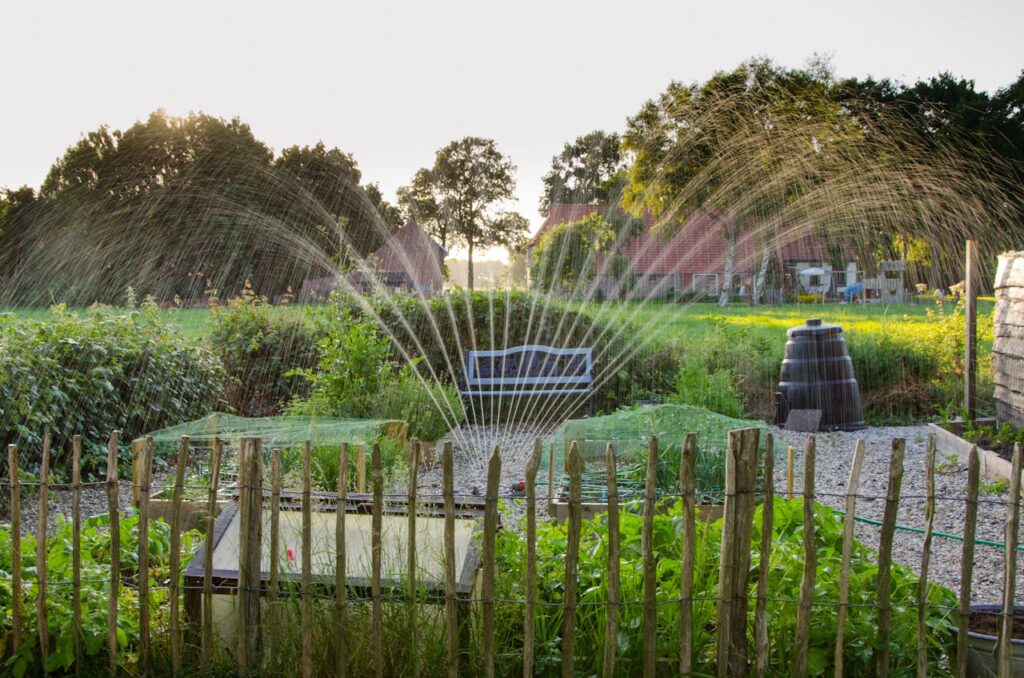
Too much water can suffocate plant roots, promote fungal growth, and attract pests. Lawns are especially prone to shallow root development when watered daily. Instead, aim for deep, infrequent watering to encourage stronger root systems. Consider using a rain gauge or moisture meter to avoid guessing—your plants will thrive with the right balance.
2. Snipping at the Wrong Season
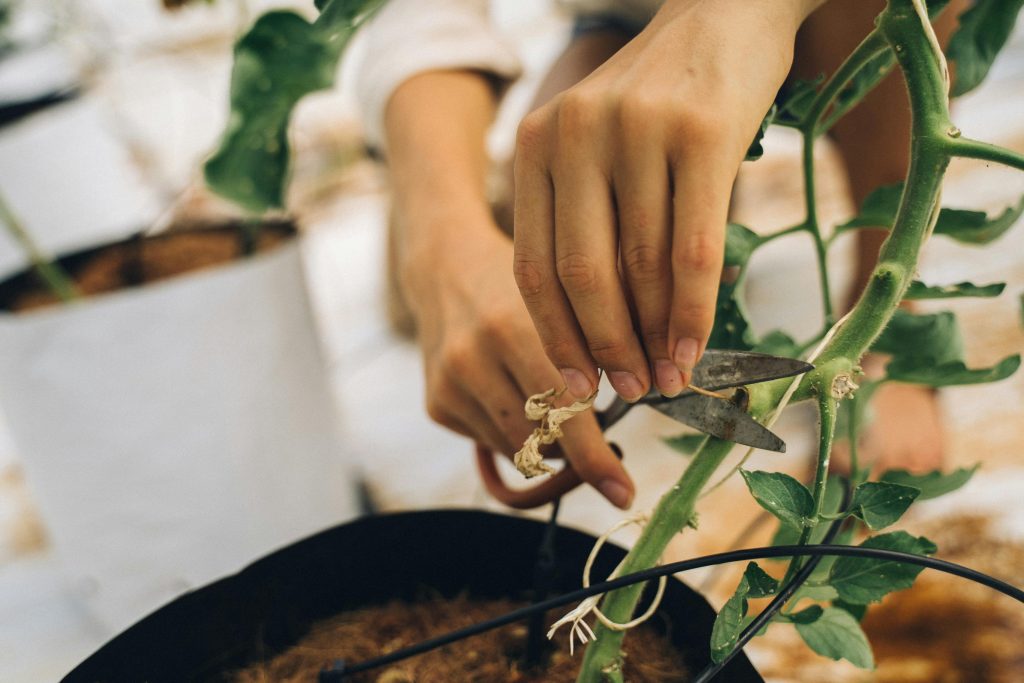
Prune at the wrong time, and you risk shocking your plant, halting blooms, or opening the door to pests and disease. Spring-blooming shrubs, for example, should be pruned right after they flower—not in fall or winter. Always check each plant’s specific needs and bloom cycle. Thoughtful pruning shapes plants, boosts blooms, and promotes vigorous growth—turning a wild yard into a thriving, polished retreat.
3. Using Harsh Chemical Fertilizers Too Often
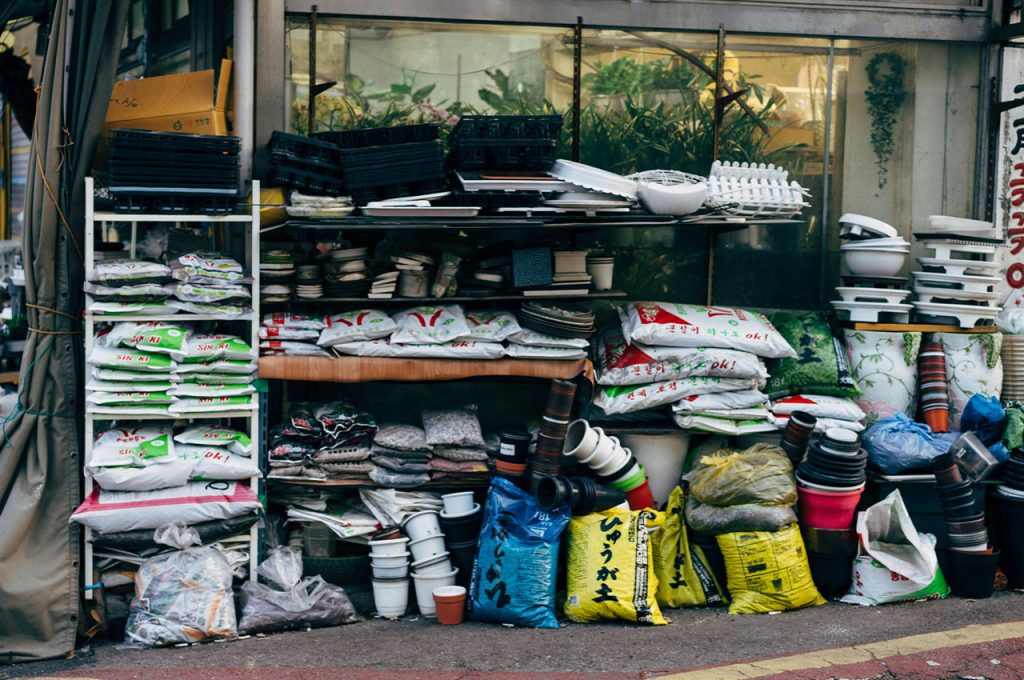
Frequent use of synthetic fertilizers may give plants a quick boost, but it can damage soil microbes, burn roots, and lead to nutrient runoff. Over time, your soil becomes less fertile and more dependent on chemicals. Use compost or slow-release organic fertilizers instead—they improve soil structure and nourish plants more sustainably.
4. Ignoring Soil Health and Composition
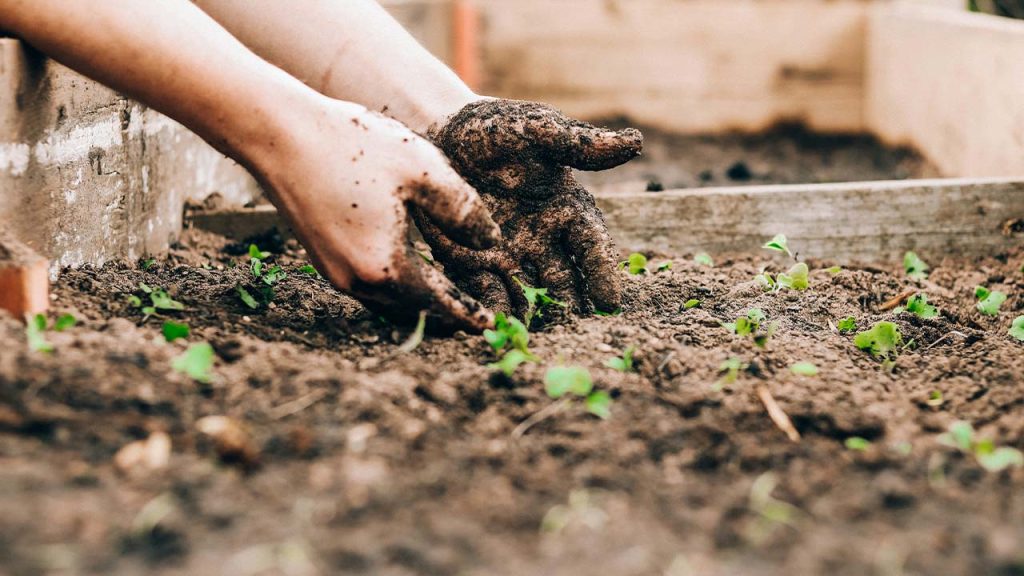
Great gardening starts with good soil. Ignoring pH levels, texture, and nutrient content can lead to poor plant performance, even with the best care. Test your soil every couple of years and amend it with compost, mulch, or other organic matter as needed. Healthy soil supports thriving plants and reduces the need for extra watering or fertilizing.
5. Planting Too Close Together
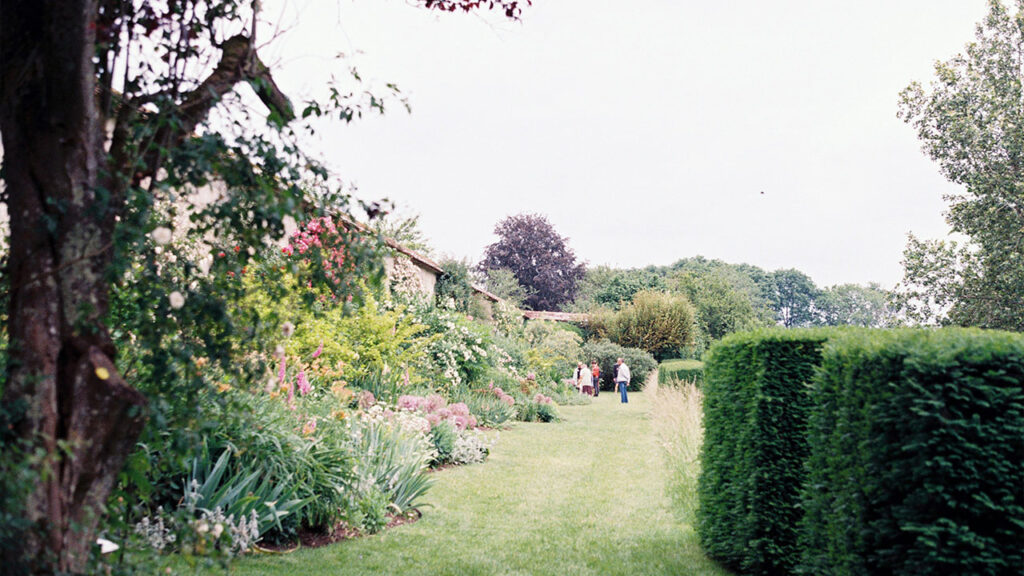
Overcrowding may look lush at first, but it limits airflow, invites disease, and causes plants to compete for water, light, and nutrients. As they mature, tightly packed plants can become leggy or stressed. Always follow spacing guidelines on plant tags and consider how large each variety will grow. A well-timed trim may look harsh at first, but giving plants breathing room now sets the stage for stronger, fuller growth ahead.
6. Leaving Garden Tools Dirty or Rusted

Neglecting your tools can spread disease between plants and make your work less effective. Soil, sap, and moisture left on pruners, shovels, and shears can harbor harmful bacteria or fungi. Rinse off soil, sap, and rust after every use, then dry thoroughly and hang or box your tools in a sheltered spot to keep them sharp and lasting longer. A little care keeps your gear working longer—and your plants healthier.
7. Mowing the Lawn Too Short
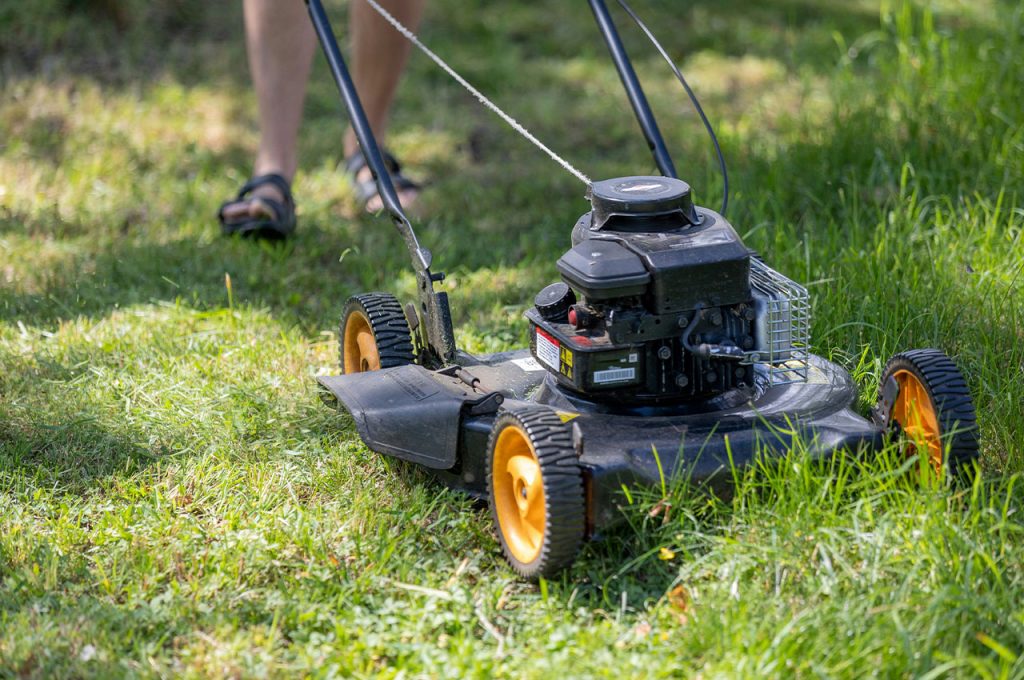
Scalping your lawn weakens grass, exposes soil, and encourages weeds to take over. While a tight trim may seem tidy, grass needs blade length for photosynthesis and root strength. Raise your mower blades to around 2.5 to 3 inches—this height shades the soil, keeps roots cooler, and encourages denser, healthier growth.
8. Watering During the Hottest Part of the Day
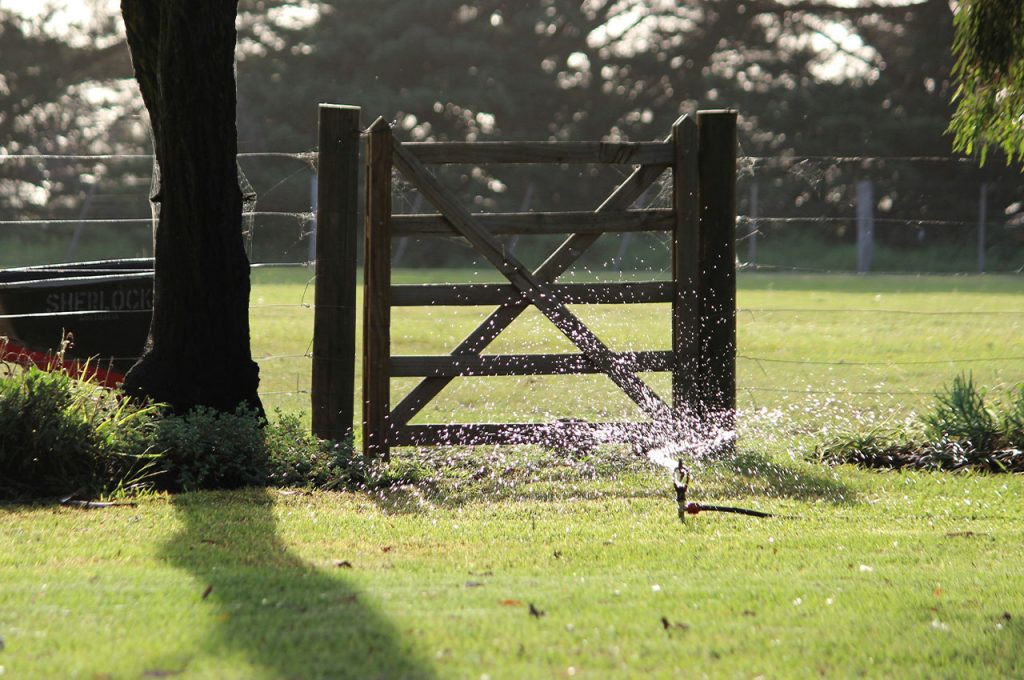
Midday watering is inefficient and potentially damaging. Water evaporates quickly in high heat, and droplets on leaves can act like magnifying glasses, causing sunburn. Early morning is ideal—it gives plants time to absorb moisture before the heat sets in and reduces the risk of fungal growth overnight.
9. Relying Too Heavily on Mulch Against Plant Stems
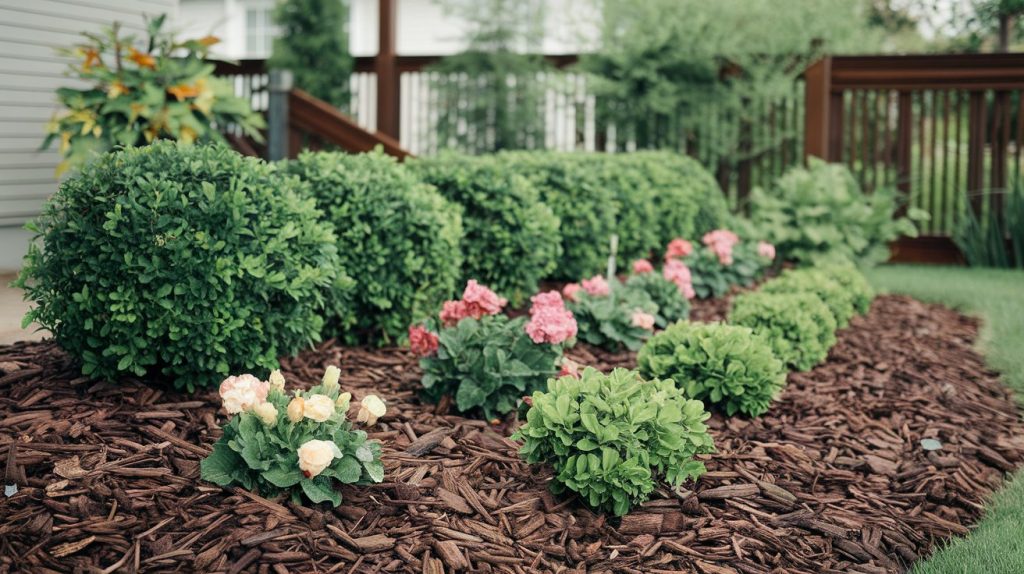
Mulch is great for retaining moisture and suppressing weeds, but piling it up against plant stems or tree trunks traps moisture and invites rot or pests. This “mulch volcano” effect is a common mistake. Always keep mulch a few inches away from plant bases to allow airflow and prevent damage.
10. Not Rotating or Diversifying Plantings Yearly

Growing the same crops or flowers in the same spot year after year depletes soil nutrients and increases pest problems. By switching up what you plant and where, you promote biodiversity, balance soil structure, and keep your garden more resilient with less reliance on chemicals. Even in flower gardens, shifting plants or mixing species boosts biodiversity and resilience. Change things up—it’s good for your garden.
Want to see more from Remodr?

Drop a comment below, share this with your friends and family, and don’t forget to follow us for more fresh ideas, updates, tips, and home trends.
This article was created with the assistance of AI but thoroughly edited by a human being.

